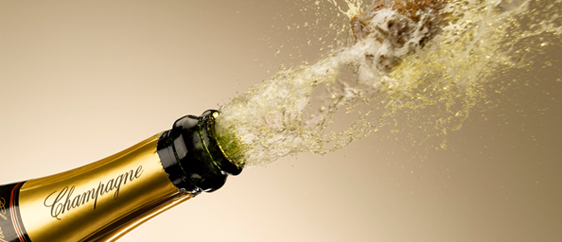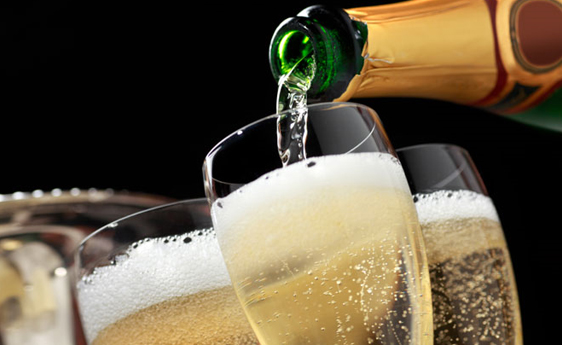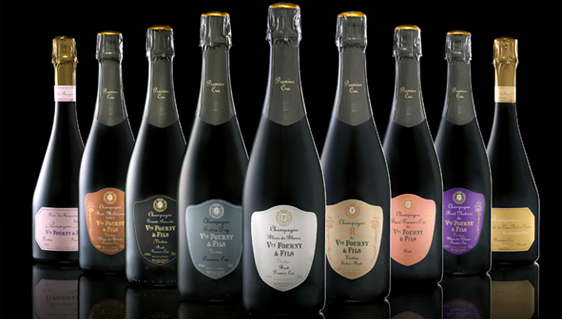Champagne has been produced for hundreds of years, and enjoyed by French Kings and rulers since before medieval times. Even today, Champagne remains associated with power, luxury, and wealth. It is the beverage of choice for all kinds of celebrations including births, graduations, engagements, weddings and anniversaries.
Why does Champagne pop?
True champagne is produced in the Champagne region of France using a specific process known as methode Champagnoise that requires it to be fermented twice and creates the bubbles. When it is produced in other areas, it is called sparkling wine, even if the same method is used. The bubbles in all sparkling wines, including Champagne, result from a second fermentation that takes place in the bottle or in the cask once it is sealed. It is the presence of these bubbles or stored carbon dioxide that make the “pop” heard when opening a champagne bottle.
Different types of Champagne
One of the ways to classify the different types of champagne is by vintage, which is determined by the year that the grapes were produced. A vintage champagne is made from the same year grapes, which often results in a higher level of quality. Prestige cuvee refers to the very highest quality champagne, which is usually created using the same vintage, although it can be blended from a variety of vintages. Non-vintage champagne is created using wines produced from grapes grown in different years that are blended together.
Champagne can also be classified by the type of grapes used in its creation. When a white champagne is produced using black grapes (made with Pinot Noir or Pinot Meunier grapes) it is called blanc de noirs, which means “white of blacks” in French. This type is very rare. More common is blanc de blanc, meaning white of whites, which is produced using white Chardonnay grapes, and has a delicate, light flavor. Another type is “rose champagne,” which is often pink in color, and is made using small amounts of red wine blended with the white to produce a sweeter taste.
Another way to categorize the various types of champagne is the level of dryness, which is inversely related to sugar content and sweetness. The less sweet a champagne tastes, the dryer it is said to be. Dry champagne is generally considered to be preferable to the sweet varieties. The dry champagnes are referred to as brut and the driest type made is called brut natural. Sweet varieties are referred to as sec, or demi sec for sweeter ones, and the sweetest type is known as doux.
A Champagne’s sweetness will vary. Here are the classifications you’ll want to look for on each bottle:
Ultra Brut/Extra Brut/Brut Zero/Brut Nature/Brut Sauvage: No added sugar
Brut: Nearly dry, contains no more than 1.5% sugar.
Extra Dry/Extra Sec: Slightly sweeter, can contain up to 2% sugar.
Dry/Sec: Can contain up to 4% sugar
Demi-Sec: Just sweet enough, can contain up to 8% sugar.
Doux: Sweet, can contain up to 10% sugar
Best to let your personal taste decide which types of Champagne fit your budget. Get started with our range of champagne from The Oaks Cellars now!



